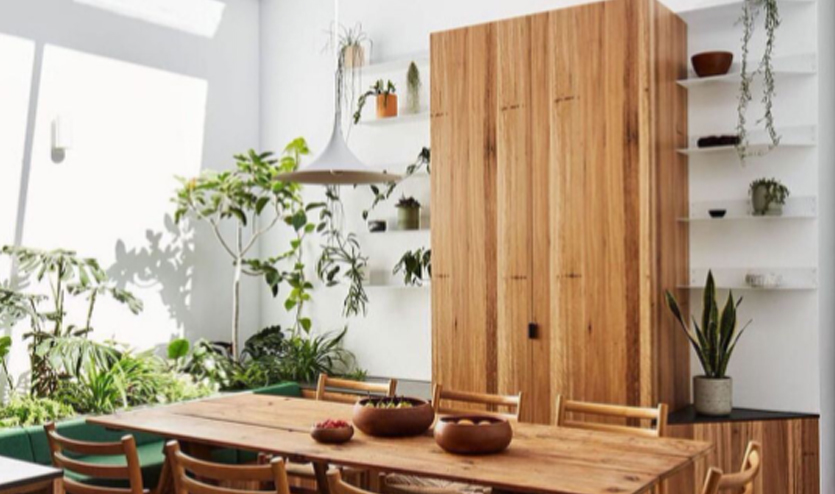
Interior design combines different parts of basic architectural design with the most up-to-date interior design ideas and trends, all intending to bring out the most refined look in a setting. It is critical to breathe life into the dimensional features of a room and create an exquisite picture, whether you are making a house or an office. It's crucial to remember, though, that the objective of excellent interior design is to create a place that is not just visually attractive but also practical and intuitive, allowing people to live or work in it ultimately. That is, the area should be habitable as well as appealing to the eye.
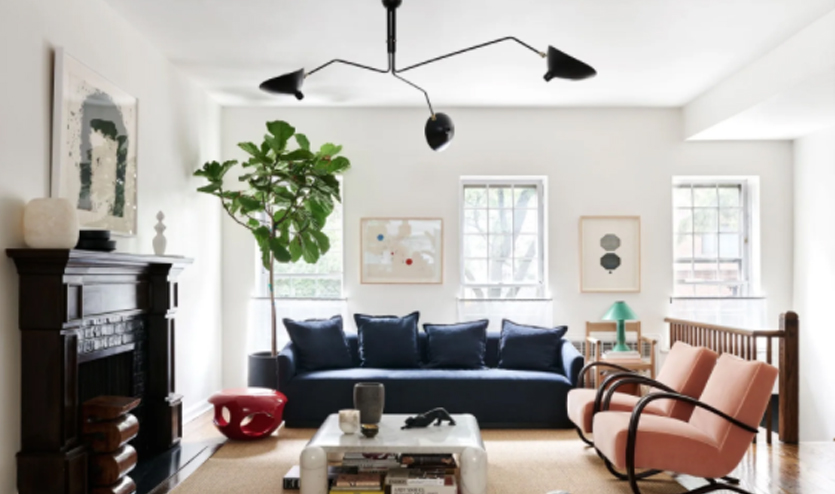
As a result, learning the best practices and trends as an interior designer is critical to creating a whole place in both form and function. We've created a list of best practices and standards to keep in mind to help you understand the interior design process and thrive in this profession.
Here is the list of things you may learn from Interior Design:
The Principle of Harmony and Unity
All places, whether at home or work, are interrelated. When developing concepts or plans for a specific area, it's best to conceive the entire house or workplace as a unified unit rather than each room as a distinct location. You'll be working within the harmony and unity principle, which analyses how each area within a floor plan contributes to the overall appearance and feel of the space.
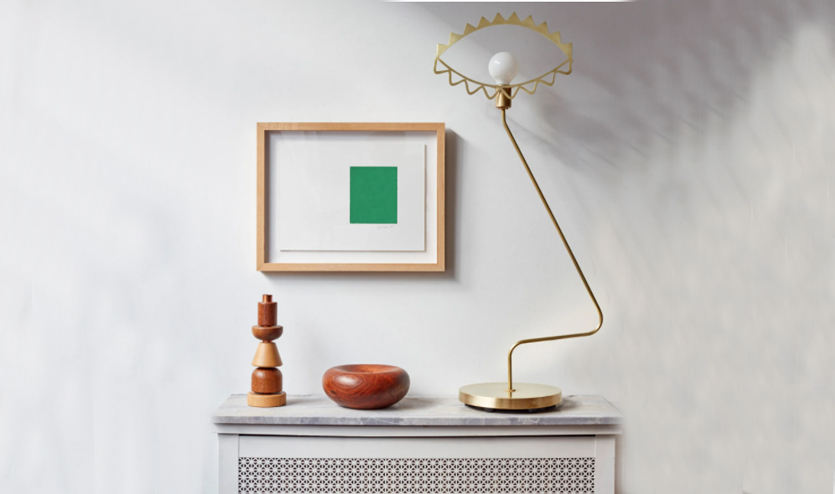
The Principle of Balance
When designing any space, the available balance of the entire room is crucial. A well-balanced space puts everyone at peace and makes everyone feel at ease. In interior design, there are three sorts of balance: radial, symmetrical, and asymmetrical balance. There are numerous distinct aspects to each of these, and it's critical to know which kind of balance works best in your area.
The Principle of Forms
Humans are drawn to beautiful things by nature. People have an undeniable need to adorn their spaces with objects that enhance the beauty of the area. Since a result, the concept of forms is particularly essential, as it pertains to each thing in a room and how it interacts with and interacts with other objects. In addition to the different concepts listed above, an interior designer must thoroughly comprehend what types of furniture and decorations may and should be emphasized to create a room that follows the principle of form.
The Principle of Designing with a Purpose
Every interior designer understands that each area has a specific role. Every area, whether it's an office, a living room, or a bedroom, has a particular purpose, and it's critical to make sure the design emphasises � rather than obstructs � that function. As a result, the idea of creating with a purpose refers to thoroughly comprehending the process of a room in the context of the broader area and then intentionally matching your design to that knowledge.
The Principle of Understanding Your Client
Before beginning work, an interior designer must first understand the client's likes, dislikes, desires, and requirements to bring their client's vision to reality. Setting everything in order, finding the proper flow of the space, and making the perfect amalgamation of everything in the room are all responsibilities that come with designing a room. You can only do so if you understand your customer. The job of bringing the design to life might be a lot more possible if you grasp the client's goal and what they require.
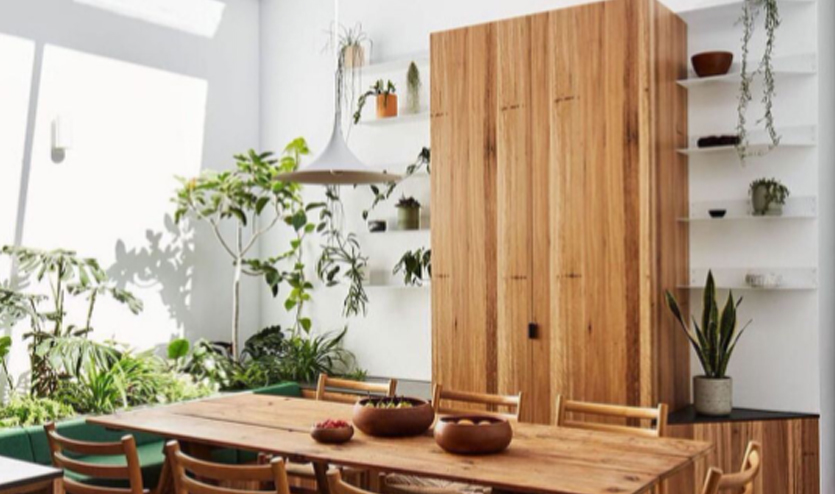
Interior design is an enthralling profession in which you never get bored of learning about new trends and incorporating them into your projects. Over time, you'll have built up a virtual library of ideas and design concepts. There are numerous answers to every design challenge. Keeping an eye on emerging design trends and adapting them to your needs has become second nature to you. When you come up with new ideas and put them into practice on your projects, everyone can notice them. As a result, your reputation among fellow designers and clients will improve.

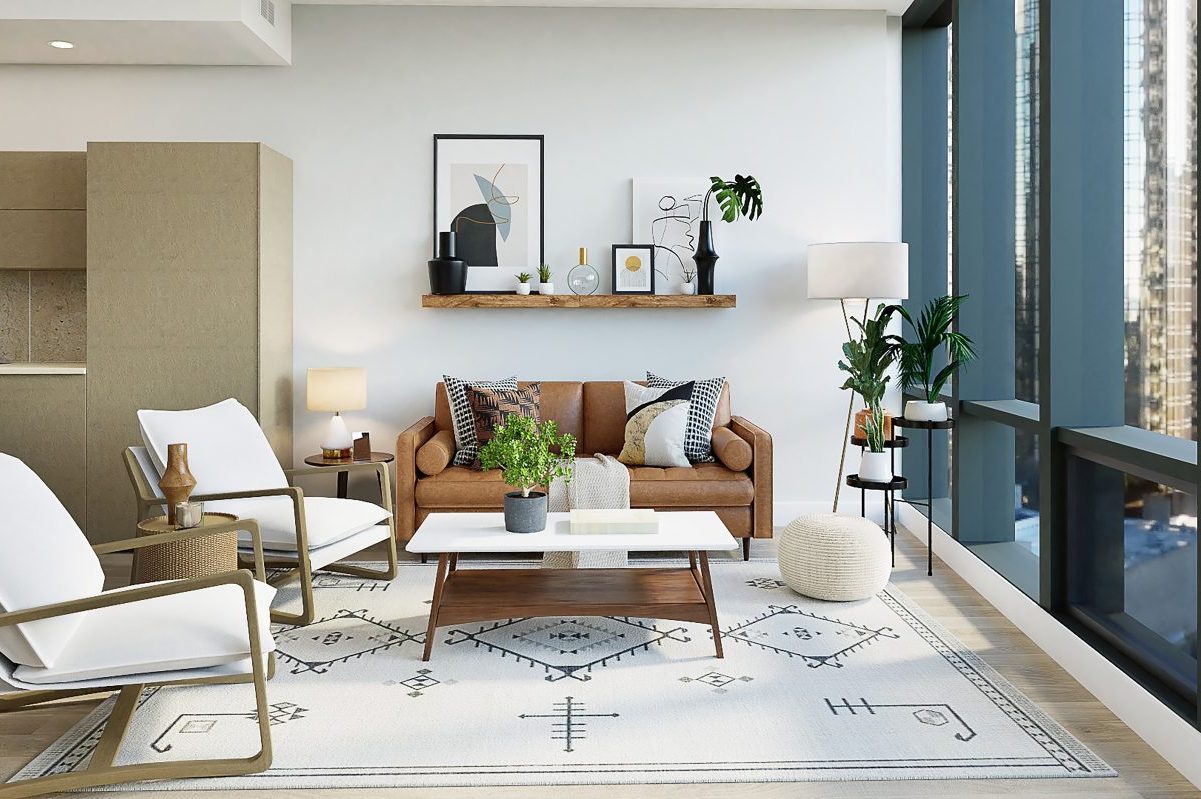
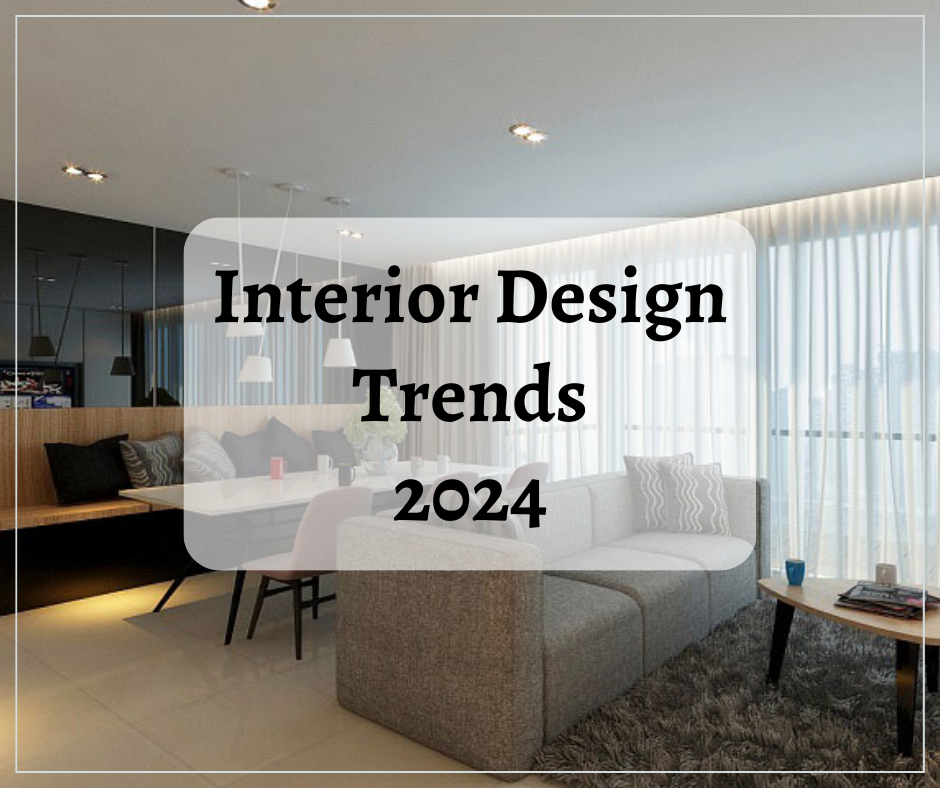
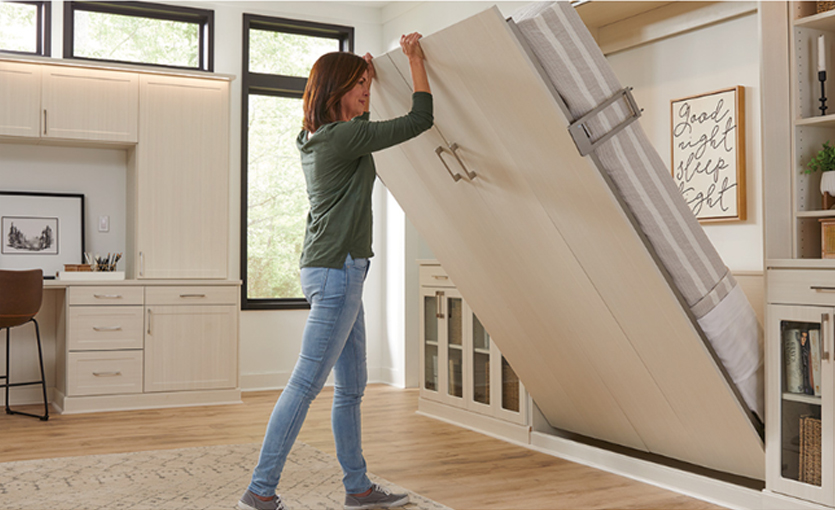
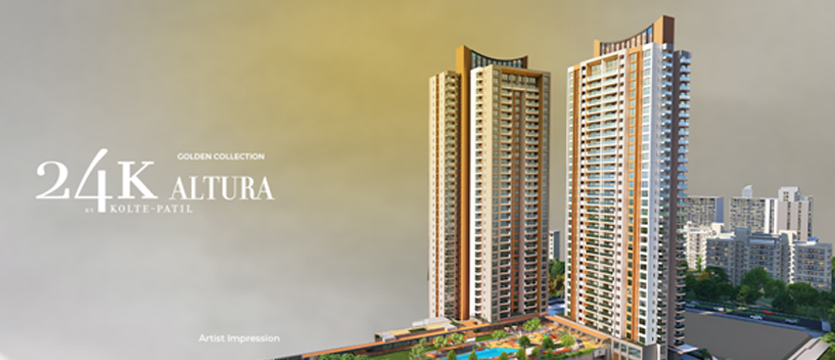

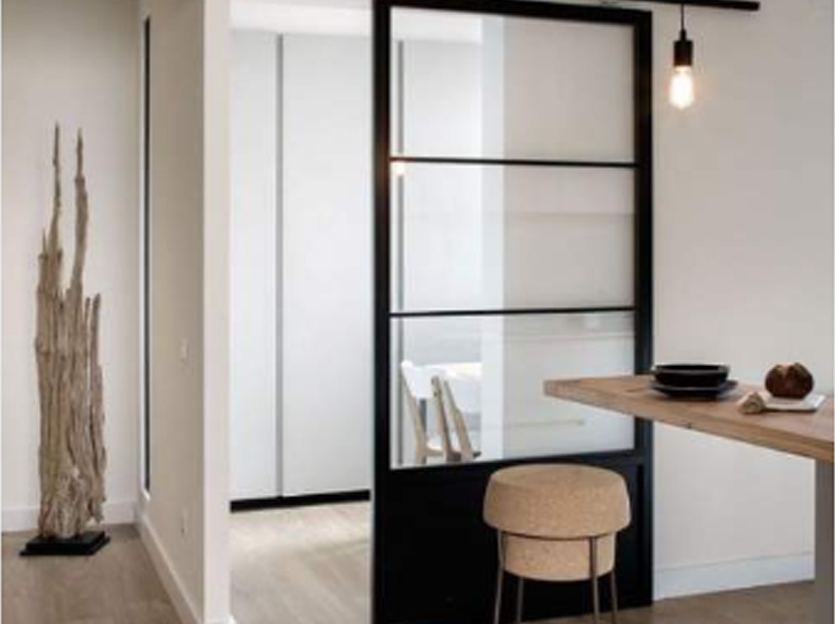
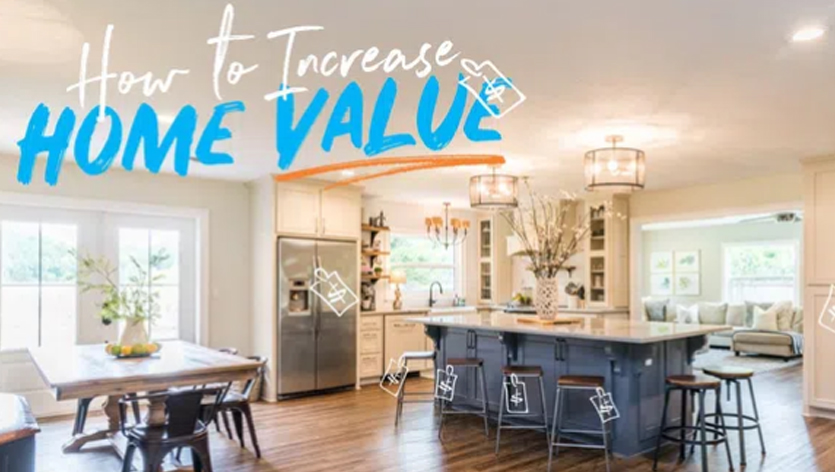
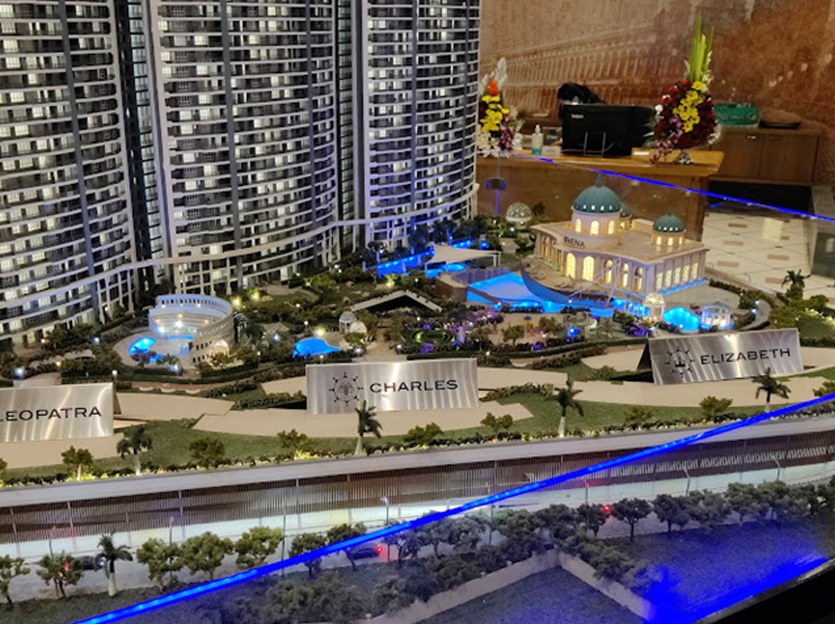
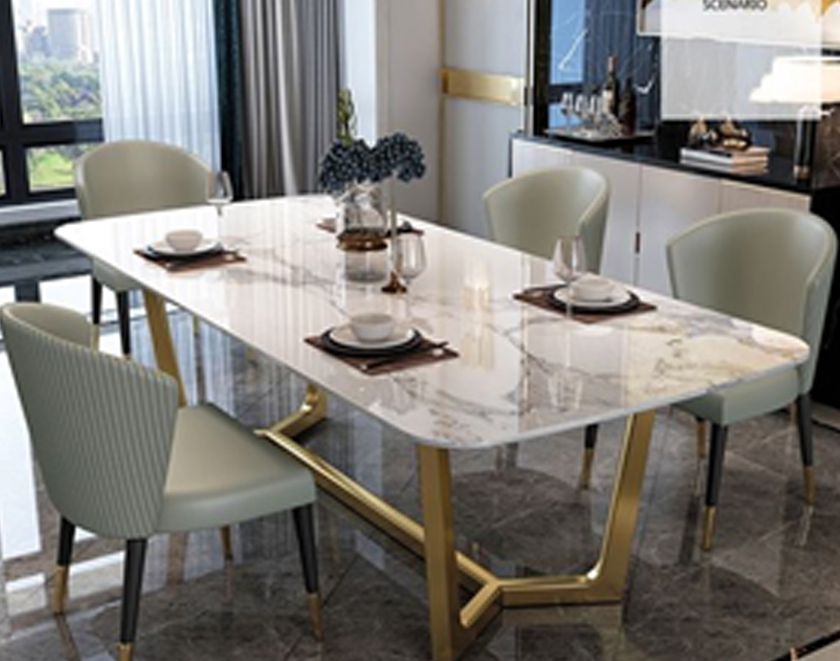

Post a Comment